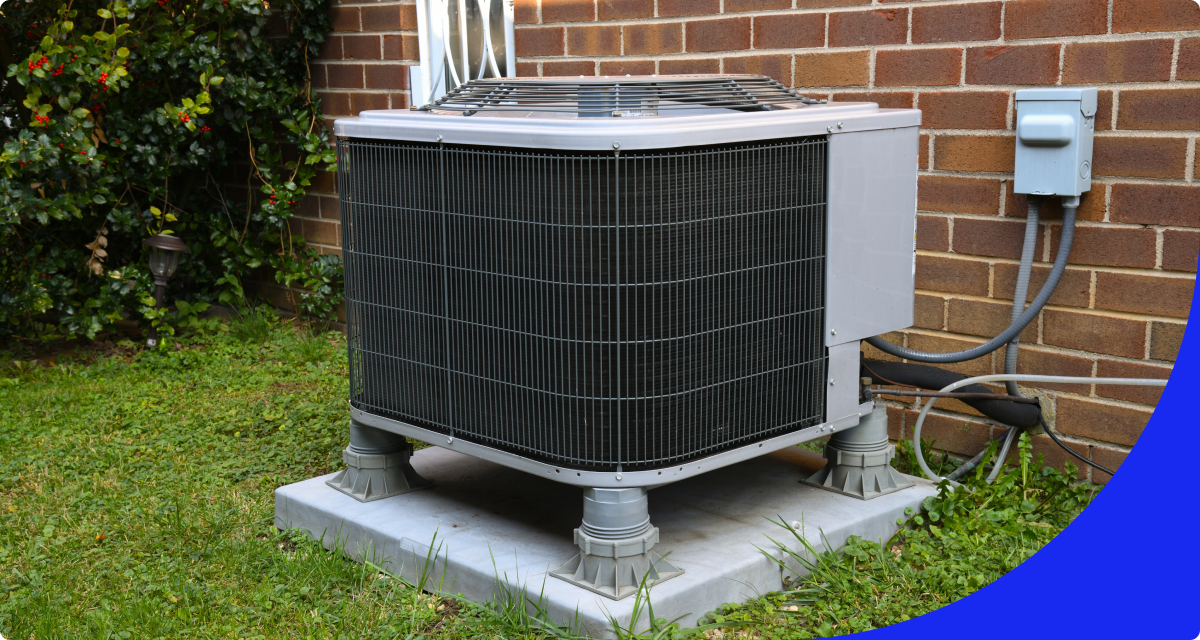Budget-Friendly Tips
Staying locked into a smart budget can feel pretty impossible when you’ve got home expenses. That’s why we put together a collection of budget-friendly tips for things like conserving energy and saving on repair costs, plus DIY projects that’ll stretch your money further.



A Guide to HVAC Repair and Replacement Costs

The True Cost of Homeownership: What Homeowners Wish They Had Known

Door and Window Sealing: Keeping Cool Air In and Hot Air Out

What to Expect From A Home Inspection And How to Prepare

Warrantina Wisdom: Homeownership Predictions for 2025

Don't Worry. Be Warranty.
Have a plan for your home when things don't go according to plan
Shop Home Warranties